THE DISTRIBUTION BULLETIN ISSUE #34
Hollywood has been transformed. The six major studios--Disney, Warner Bros., Universal, Fox, Sony, and Paramount--have all changed significantly. Few filmmakers understand how profound these changes have been and how they have altered their opportunities.
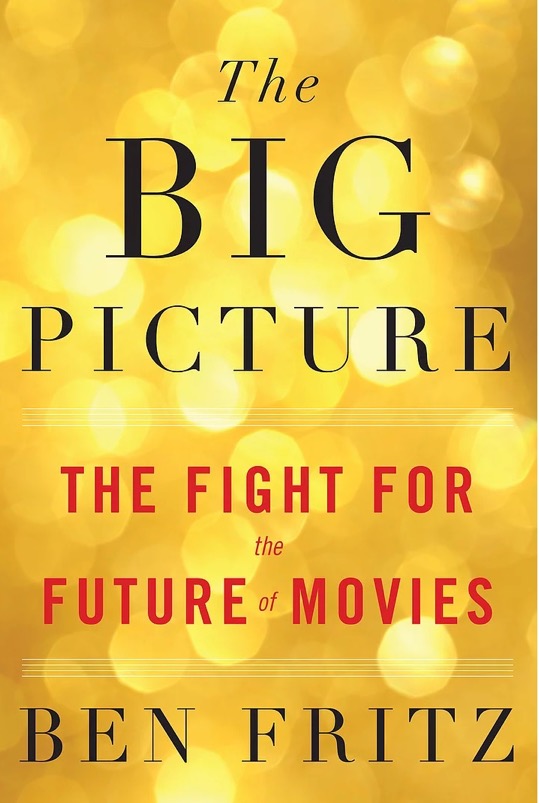
What follows is my review of a recently published book, The Big Picture: The Fight for the Future of Movies, that opened my eyes to the new configuration of studio filmmaking. It was written by Ben Fritz, who has been covering the entertainment industry since 2004 for Variety, the Los Angeles Times, and currently the Wall Street Journal.
The goal of my Distribution Bulletins is to empower independent filmmakers. I’m highlighting this book because I believe reading it will provide a revealing and useful overview of Hollywood today. The major studios are the 800-pound gorillas for independent filmmakers, who need to understand their competition. I’ll cover how this could impact your future at the end of this Bulletin.
THE FRANCHISE FILM ERA
The Big Picture begins: “how franchises killed originality in Hollywood,” which is in the title of the book’s introduction. Fritz states that “the dawn of the franchise film era is the most meaningful revolution in the movie business since the studio system ended, in the 1950s.” He notes that before this era “no other industry pumped out so many products so frequently with so little foreknowledge of whether they would be any good.” He contrasts this with the success Warner Bros., Universal, and most notably Disney have had developing and/or exploiting major brands, including Harry Potter, the Fast and the Furious, Star Wars, and Marvel.
Successful branded franchises provide much greater predictability. The cost of making the next film in a series and its anticipated revenues can be much more accurately determined than those of an original film. High-budget franchise films can “spawn endless sequels, spin-offs, and product tie-ins,” as well as amusement park rides, toys, and lucrative ancillaries. The audience built around a franchise greatly reduces risk.
Fritz illustrates the recent dominance of franchise film by noting that “of the top 50 movies at the global box office between 2012 and 2016, 43 were sequels, spin-offs or adaptations of popular comic books and young adult novels (five of the remaining seven were family animation).”
“The ‘cinematic universe’ is the most important trend in studio moviemaking today,” according to Fritz. Originated by Marvel, a cinematic universe consists of a series of films with interwoven superheroes and story lines, like Iron Man, The Avengers, and Captain America. The more, the merrier.
SONY REVEALED
Fritz presents an incisive case study of Sony, which vividly illustrates his overall analysis of how the studios have changed. He analyzed internal documents and emails that were put online during the Sony hack.
He portrays Amy Pascal, chairman of the studio’s motion picture group, as an executive who “thrived at making all kinds of movies for all types of people” and specialized in “mid-budget original films for adults rather than global ‘event’ films engineered to spawn sequels.”
Although the first Spider-Man film was a huge hit for Sony, the sequels and reboot produced under Pascal had increasingly disappointing results. She was also unable to develop other franchises, while Warners, Universal, and Disney were having great success with theirs.
Franchise filmmaking also significantly reduced the power and salaries of stars. Fritz observed that audience loyalty shifted from stars to franchises, noting that now “stars only matter in the right roles.”
Sony had benefited greatly from the relationships Pascal nurtured with two A-list actors, Will Smith and Adam Sandler. Each actor had starred in a number of profitable films made by Sony but eventually their box office power waned as did that of many other stars. After assessing their declining options at the major studios, both actors abandoned the sinking Sony ship for the ascending Netflix rocket, where they both made substantial deals.
INTERNATIONAL DWARFS DOMESTIC
The international box office exploded from $8.6 billion in 2001 to $27.2 billion in 2016. It has grown to over 70% of the worldwide box office total of $38.6 billion. Ticket sales outside North America in 2016 were 2.3 times greater than North American ticket sales of $11.4 billion.
The increasing importance of international ticket sales reinforces the studios shift to franchise filmmaking. Fritz notes that “the 48 highest-grossing Hollywood films overseas are all visual- effects-heavy action-adventure films or family animation” (with the sole exception of Titanic).
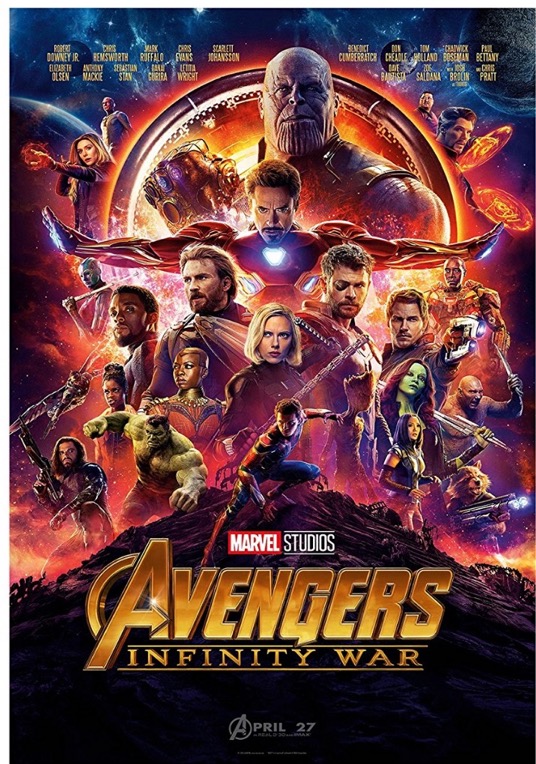
#19 of Marvel Cinematic Universe series
Fritz examines the impact of China, where ticket sales were 6.6 billion in 2016 and exceeded U.S. ticket sales in the first quarter of 2018. Adam Goodman, who previously headed production at Paramount, is quoted saying “we’re at the point where Hollywood can’t exist without China.”
Fritz details the ways China has gained influence over the movies Hollywood makes and distributes. While China is a critically important market where event movies can do incredibly well, there are censors to contend with who can prevent the distribution of any U.S. films with unacceptable content. There are also import quotas. Studios have formed partnerships with Chinese companies, cut content from films that might offend Chinese officials, and added content designed to please Chinese audiences. Studios want to make films that will succeed in China. I assume their willingness to make non-franchise films will continue to decline as the value of the Chinese market continues to increase.
WHAT’S MISSING?
No longer seeking to make “every type of movie for everyone,” the studios are “focused on the types of movies that delivered the biggest and most consistent profits,” according to Fritz. When home video revenues fell dramatically, the studios cut costs and “risky original scripts and adaptations of highbrow books were the first to go.” Between 2006 and 2016 the studios reduced production by 32%. “The decline is explained entirely by the evaporation of interesting, intelligent mid-budget films.” Fritz notes that today “anything that’s not a big budget franchise film or a low-cost, ultra-low risk comedy or horror movie is an endangered species at Hollywood’s six major studios.”
Customers also went missing. Viewers 18 to 25 “saw two fewer films per year on average in 2016 than they did in 2012.” Luring viewers off the couch became harder. Ticket sales in North America fell from 1.57 billion tickets in 2002 to 1.31 billion in 2016.
In the first chapter of The Big Picture, there is a momentous point when Amy Pascal and her teammates realize that “creativity would no longer drive business at Sony Pictures.” In the final chapter, Fritz notes that “spending big money on anything original in the age of franchise film dominance is usually a suicide mission.”
Throughout the book Fritz makes clear that the major studios learned—some sooner than others—that they could increase profitability and reduce risk by devoting their resources to building and maintaining franchises or, better yet, connected universes. Once they were able to successfully launch a franchise, their focus was on providing more of the same. Genuine creativity is too risky. Making movies the viewers haven’t seen before is too unpredictable, especially as international ticket sales far exceed those in North America.
LIFE BEYOND FRANCHISES
While The Big Picture focuses on the status of studio moviemaking, it also provides a perspective on filmmaking outside the studios. Fritz highlights “peak TV.” He notes that not long ago “television was the medium of the familiar and cinema was the medium of originality.” He believes that the “rise of original, risk-taking television is directly tied to the decline of original, risk-taking filmmaking.”
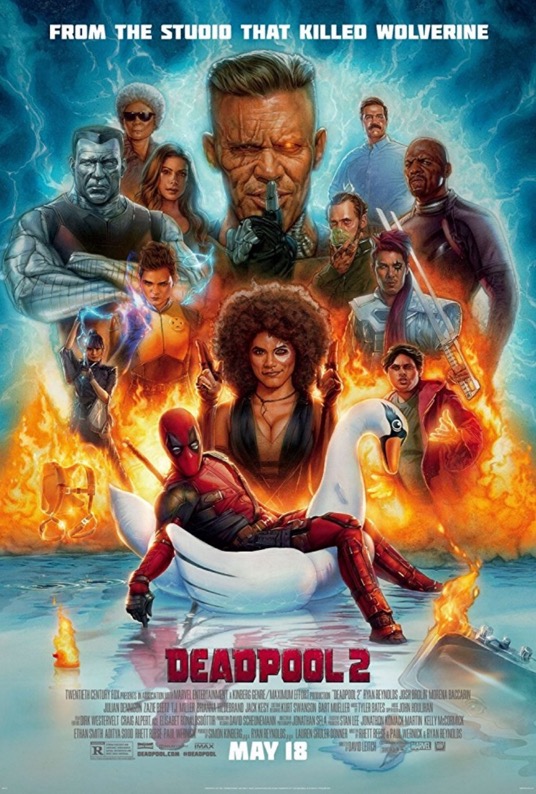
#11 of X-Men Series
Fritz explains how technological changes have ushered in a Golden Age of TV. VCRs made it possible to time-shift programs and DVDs made it easy to watch whole seasons of series. DVRs made it easier for people to record all the episodes of their favorite shows. Then Netflix began releasing all episodes of series at once, making binge viewing possible. It has never been easier to watch what you want when you want it. Staying home and watching a series you love at little or no cost on your high definition television became more appealing to many viewers than venturing out to a movie theater and spending their money on tickets, parking, concessions, and possibly a baby sitter, to see a film you may or may not like. As the quality and diversity of television rose dramatically, the new habit of binge watching at home replaced the old moviegoing habit for significant numbers of people.
“It has long been obvious that television is a better business than movies,” according to Fritz. He notes that television networks are the most profitable parts of major media companies including Disney, Viacom, and NBC Universal. His in-depth examination of Sony illustrates this clearly.
OPPORTUNITIES FOR INDEPENDENTS
Fritz’s portrait of franchise filmmaking at the major studios is very persuasive. It is a cautionary tale for independent filmmakers passionate about making movies people haven’t seen before. While there are rare exceptions, including The Dark Knight, Wonder Woman, and Black Panther, the preferred approach to superhero movies is exemplified by Avengers: Infinity War. It is a thoroughly mediocre sequel that audiences have lapped up and critics have taken far more seriously than it deserves.
Fritz notes that “directors’ overall power in Hollywood has diminished considerably.” He explains that the role of directors of franchise movies resembles that of directors of television series—their job is to maintain the look and style of the overall series, whether it is Breaking Bad or Star Wars. They need to stay within the lane of the series rather than going off-road into new territory. The underlying assumption is that audiences want more of the same, whether it is Fast and Furious 10 or Mission Impossible 15. According to Fritz, there used to be more than 12 Hollywood directors who could easily get their films greenlit but today there are only three—Steven Spielberg, James Cameron, and Christopher Nolan.
As the major studios increasingly focus on franchise filmmaking, growing the same crop year after year, they are becoming monocultures. As agriculture has demonstrated, while farming a single crop may have short-term financial benefits, monocultures can create food deserts. By abandoning diverse production slates and providing a steady diet of franchise films, the studios are creating movie deserts, as demonstrated by the trailers and posters for their upcoming and seemingly interchangeable releases.
Instead of viewing the studios’ unwillingness to finance dramas as a problem, independents should see it as an opportunity. There is still a significant audience for adult dramas, and now studios offer little or no competition. This is also true for the full range of non-franchise filmmaking.
Beyond the major studios, the opportunities for producing and distributing independent films are wide open. The Big Picture includes a chapter on Amazon Studios. Fritz begins with Manchester by the Sea, the first independent film in seven years that was acquired at a film festival and then grossed more than $50 million (worldwide box office $77,540,751). Amazon Studios acquired it at the 2016 Sundance Film Festival. At the following Sundance, Amazon bought The Big Sick, which was also a hit (worldwide box office $56,262,309).
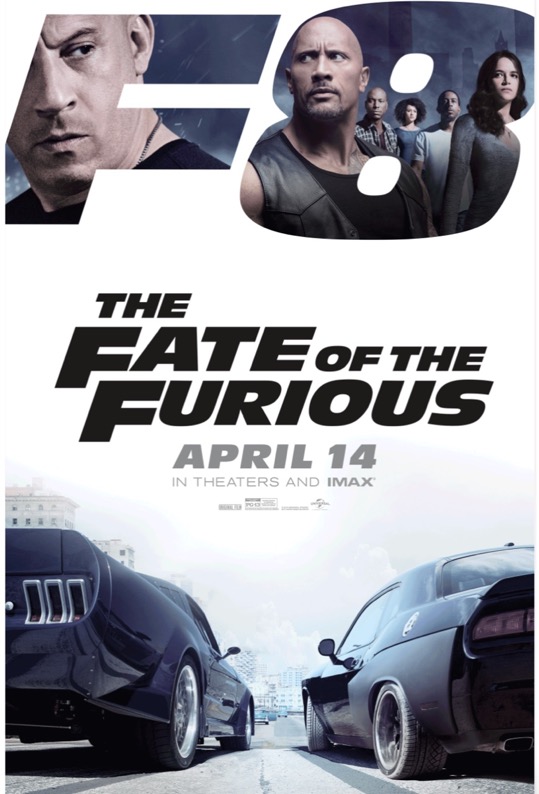
#8 of the Fast & Furious Series
Amazon Studios has been the exact opposite of a franchise filmmaking machine. It has financed and acquired truly independent films by established and emerging independent directors. By hiring acclaimed indie producer Ted Hope, Amazon signaled that they were serious about making high-quality, provocative, and original pictures. Fritz quotes Hope explaining that instead of making films that “80 percent of the audience eventually gets around to watching,” his team “wants the thing that 20% of the audience is so passionate about, they’ll break up with you if you don’t feel the same way.”
The Big Picture contrasts Netflix with the major studios and shows how it is challenging them. Unlike Amazon Studios, which launches films first in theaters, Netflix prefers to make films available directly to subscribers the day they premiere, whether or not they are simultaneously premiering in theaters.
When Netflix began as a DVD-by-mail service, it relied on the studios to make a significant number of the movies it rented. When Netflix prioritized digital distribution, it was determined not to be dependent on studio films so it made a growing commitment to original production that can only be seen on Netflix.
When Netflix first challenged the six major studios, it was an inexperienced David facing powerful and confident Goliaths. Instead of using an analog slingshot, Netflix used virtual weapons and innovative ideas to take on the studios. It managed the transition to digital distribution far better than the lumbering studios. Netflix ran circles around the studios by re-conceptualizing global distribution. It has a far greater ability to innovate than the studios, which have much greater inertia. Netflix is looking forward while the studios are too often looking backward.
NEW ECONOMICS
In the concluding chapter of The Big Picture, Fritz questions the “traditional economics of film, whereby each production aims to be profitable.” He believes that sticking to this goal will “further narrow down the types of movies that old-school studios like Sony make to the big, loud, and financially safe superheroes, sequels, and spinoffs.”
He contrasts this approach with the “new economics of film,” which he is convinced will foster production of all sorts. Netflix is the leading exemplar of this approach. Its goal is to increase subscribers rather than to sell more tickets or downloads. Instead of marketing films one by one, it is selling access to a growing library of film and television. The priority is to attract new subscribers and retain existing ones.
Netflix is free of the constraints that limit traditional distributors who won’t pay more to acquire a film than they expect to net distributing it. Netflix can finance an original film or series without having to focus on whether projected revenues will exceed the cost of production.
Amazon also prioritizes gaining and retaining subscribers (Prime members). Unlike Netflix, which only makes money from subscriber fees, Amazon benefits from revenues from theatrical ticket sales of its features and most importantly from all of the purchases Prime members make on the platform.
The Big Picture also describes Annapurna, Megan Ellison’s company, that produced Zero Dark Thirty, The Master, Her, Foxcatcher, and American Hustle. Ellison has supported the kind of unique, provocative, risky, auteur-driven features that none of the six major studios would choose to finance. They’d rather make another franchise film sequel.
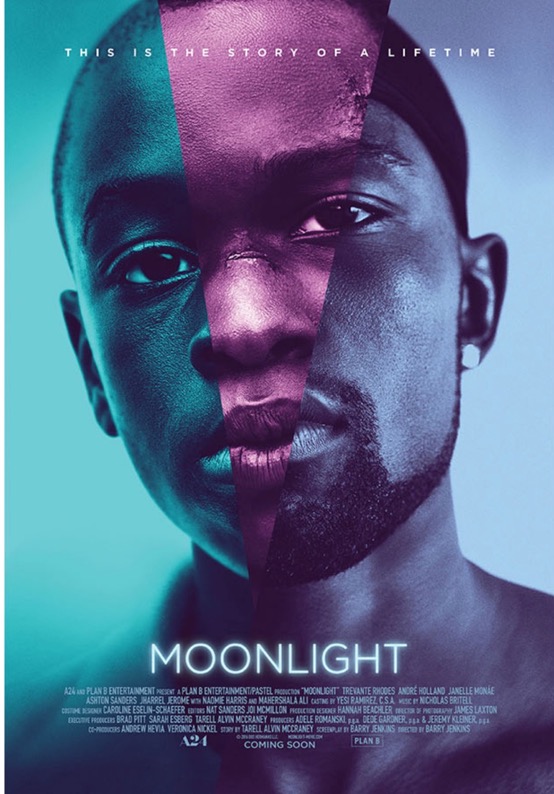 One of a Kind
One of a Kind
THE PARALLEL WORLD
There are many opportunities for independents today beyond the studios, and even a few left within them, but they are not what The Big Picture focuses on. A24, and the studio specialty divisions: Focus Features, Sony Pictures Classics, and Fox Searchlight (whose fate is uncertain because of the looming Disney sale) are barely mentioned.
There is a parallel world of independent filmmaking where originality is celebrated. The goal is to make films viewers haven’t seen before rather than to crank out interchangeable sequels. Many independents strive to change the way people see the world rather than attempting to duplicate as closely as possible an experience they have had several times before. Unlike on the franchise film assembly lines, truly creative directors, writers, and producers are as important as they have ever been.
In this parallel world, there are unprecedented distribution opportunities far different from those at the center of The Big Picture. Filmmakers can split rights among distributors and retain the right to sell directly from their websites. Independents are connecting directly with core audiences while they are making their films. These direct connections enable filmmakers to build audiences initially around their films and ultimately around themselves. By taking these personal audiences with them to future projects they greatly increase their chances of having sustainable careers. Many independents are designing customized and flexible distribution strategies, unlike the studios which are using formulaic and fixed distribution plans.
These innovative approaches are outside the scope of The Big Picture. Instead Fritz gives us a brilliant and thorough analysis of how Hollywood’s major studios have changed. It is a devastating portrait of their creative decline. The Big Picture contrasts this with the new “golden age of television.” Fifty seven years ago, FCC chairman Newton Minnow proclaimed television “a vast wasteland.” It is not hard to imagine him redirecting his famous phrase to studio franchise filmmaking today.
- Peter Broderick
© 2018 Peter Broderick